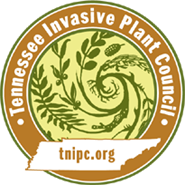Landscape Alternatives
Similar to Lythrum salicaria L.
These native plants are suitable substitutes for Purple Loosestrife in the landscape.
Blazing Star (Liatris spp.) genus features several showy species of summer flowering perennials with purple (sometimes white) flowers attractive to bees and butterflies.
Cardinal Flower (Lobelia cardinalis) loves moist to wet areas and produces showy spikes of bright red flowers attractive to hummingbirds and butterflies in late summer.
Joe-Pye-Weed (Eupatorium fistulosum, Eutrochium fistulosum) is a tall perennial with large, domed-heads of mauve flowers in mid- to late summer attracting butterflies and bees.
Pink Turtlehead (Chelone lyonii) prefers moist to wet areas in light shade and produces deep pink flowers in late summer that resemble their namesake. Attracts butterflies.
Obedient Plant (Physostegia virginiana) has spikes of purplish pink flowers in late summer and early fall, attracting bees.
Mistflower (Conoclinium coelestinum) produces lovely clusters of blue flowers in moist to wet soil in early fall and attracts bees and butterflies.
Swamp Milkweed (Asclepias incarnata) and Purple Milkweed (Asclepias purpurascens) produce showy pink flowers in moist to wet soil and showy purple flowers in moist to dry soil respectively. Attractive to bees and butterflies.
Fringed Loosestrife (Lysimachia ciliata) likes moist to wet soil and flowers in summer with yellow blossoms. Attracts bees.
